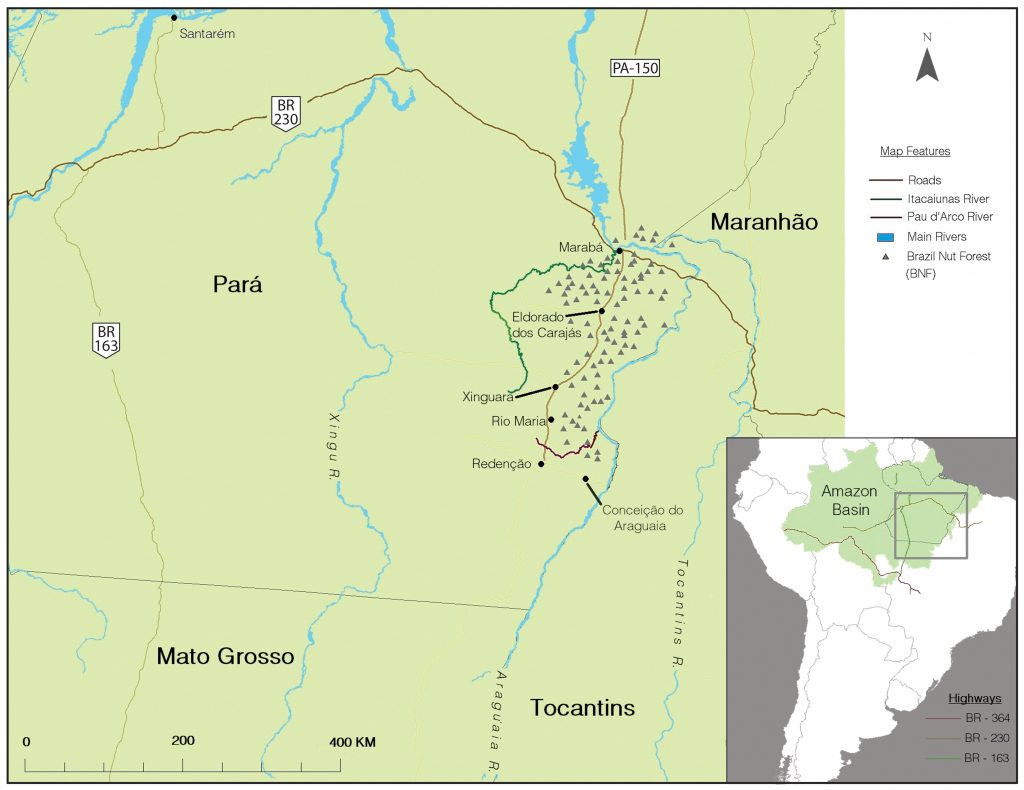 ANTUNES, SIMMONS, WALKER, WAYLEN – Discipline and Develop: Destruction of the Brazil Nut Forest in the Lower Amazon Basin
ANTUNES, SIMMONS, WALKER, WAYLEN – Discipline and Develop: Destruction of the Brazil Nut Forest in the Lower Amazon Basin
Cynthia S. Simmons, Robert Walker, Stephen Aldrich, Eugenio Arima, Ritaumaria Pereira, Edna Maria Ramos de Castro, Fernando Michelotti, Michael Waylen, & Aghane Antunes
Article first published online: 20 DEC 2018 The Annals of the American Association of Geographers
DOI: 10.1080/24694452.2018.1489215
ABSTRACT: This article considers Amazonian environmental change by focusing on political and economic processes in a place-specific context with far-reaching global implications. In particular, we consider the destruction of the Brazil nut forest (BNF) in the lower basin. The Brazil nut tree yields a valuable nontimber forest product, and its loss raises concerns about Amazonia’s agro-ecological sustainability. The article posits the destruction of the BNF as an outcome of land creation, the transformation of soil surfaces into a production factor for market-oriented agriculture. Land creation in the lower basin sparked violent conflict, with the destruction of the BNF as collateral damage. Our account complements earlier research on the political economy of Amazonian development by providing an update tuned to the institutional and economic changes that have led to the region’s engagement with globalized beef markets and to the transformative impact on implicated actors (i.e., peasant, capital, and the state). In addition, the article uses the BNF case to consider current threats to Amazonia. In Brazil, deforestation rates declined after the turn of the millennium, due to environmental policy. Recent numbers show deforestation on the rise, however, as South American nations fast-track large infrastructure projects to transform Amazonia into a transport hub and a continental source of hydropower. The article questions whether Brazil’s environmental policies will sustain the Amazonian forest over the long run; the BNF disappeared despite efforts at conservation buttressed by legislative action. The article uses data from surveys, remote sensing, regional newspapers, and secondary sources based on declassified documents from Brazil’s Armed Forces, the National Truth Commission, and the Central Intelligence Agency (CIA).
Read the full publication at The Annals of the American Association of Geographers